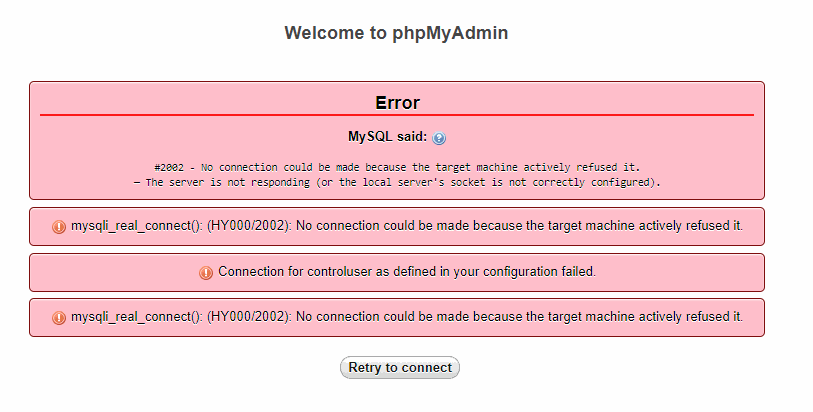GDU is a graphical disk usage analyzer for the Linux operating system. It is used to tell how much capacity a disk has, whether it is mounted or not, how much of its capacity is filled by the data, and so on.
Here at Ibmi Media, as part of our Server Management Services, we regularly help our Customers to perform related Linux system files analyzing Software Installation queries.
In this context, we shall look into how to install GDU disk usage analyzer on a Linux Mint 20 system.
Steps to Install the GDU Disk Usage Analyzer on Linux Mint
In order to Install the GDU disk usage analyzer on a Linux Mint 20 machine, you need to perform the following steps.
1. Perform System update
To begin, we need to perform a system update by running the command shown below:
$ sudo apt update2. Download the GDU Disk Usage Analyzer
Now, we will download the GDU disk usage analyzer with the help of the following command:
$ curl –L https://github.com/dundee/gdu/releases/latest/download/gdu_linux_amd64.tgz | tar xz3. Make the Downloaded File Executable
After that, we need to make the downloaded file executable by executing the following command:
$ chmod +x gdu_linux_amd644. Move the Downloaded File to the Relevant Directory
Now, we need to move the downloaded executable file to a relevant directory from where we can run it directly. We can do this by executing the command shown below:
$ sudo mv gdu_linux_amd64 /usr/bin/gdu5. Check the Version of the GDU Disk Usage Analyzer Installed
Now, we can also check the version of this tool by running the following command from our terminal:
$ gdu --versionHow to Run a Quick Disk Scan with the GDU Disk Usage Analyzer ?
You can try to test the GDU Disk Usage Analyzer tool by checking all the mounted disks on our system by running the following command:
$ gdu –dHow to Uninstall the GDU Disk Usage Analyzer from Linux Mint 20 ?
We can remove the GDU disk usage analyzer from our system by running the following command:
$ sudo rm –rf /usr/bin/gdu[Need assistance in fixing Software Installation issues on Linux Mint system? We can help you . ]
Conclusion
This article covers the right steps to install the GDU disk usage analyzer on your Linux Mint 20 system. In fact, GDU Disk Usage Analyzer is a graphical disk usage analyzer for GNOME. It is inspired by godu, dua, ncdu, and df and is intended primarily for SSD disks to utilize parallel processing fully.
This article covers the right steps to install the GDU disk usage analyzer on your Linux Mint 20 system. In fact, GDU Disk Usage Analyzer is a graphical disk usage analyzer for GNOME. It is inspired by godu, dua, ncdu, and df and is intended primarily for SSD disks to utilize parallel processing fully.










